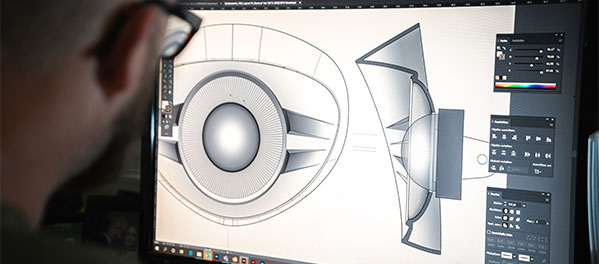Design Automation
Design Automation is an intent-based engineering approach, which combines the knowledge of various engineering verticals to help reduce errors and the time spent on repetitive, tedious tasks in a design process. Through design automation, one can introduce more details into the creation process, while simultaneously saving a considerable amount of time.
The real-time applications of automation are immense, allowing detailed customization and precision like never before. At CEC, this productivity is enhanced by allowing redundant tasks to be automated using the client’s engineering logic, enabling a swift and stable increase in optimization.
Our automation systems can be designed to run on any CAD platform, which can also be integrated with your ERP system. This, in turn, reduces the number of man-hours and increases machine-hours instead. The automation makes it friendly for usage by any person, including those who do not have a technical understanding of the operating system.
